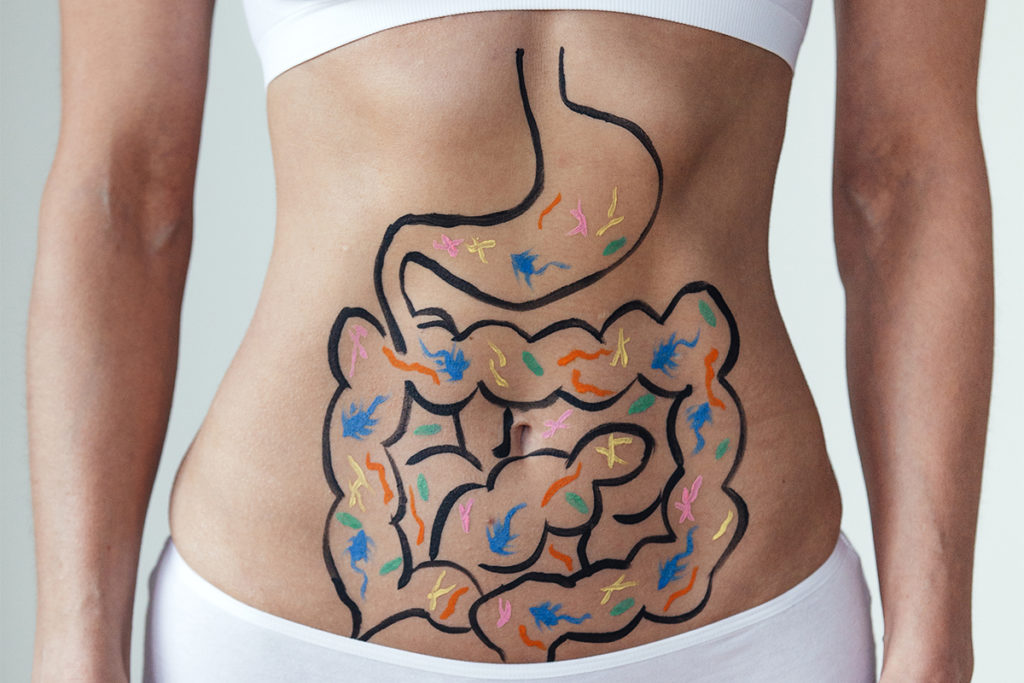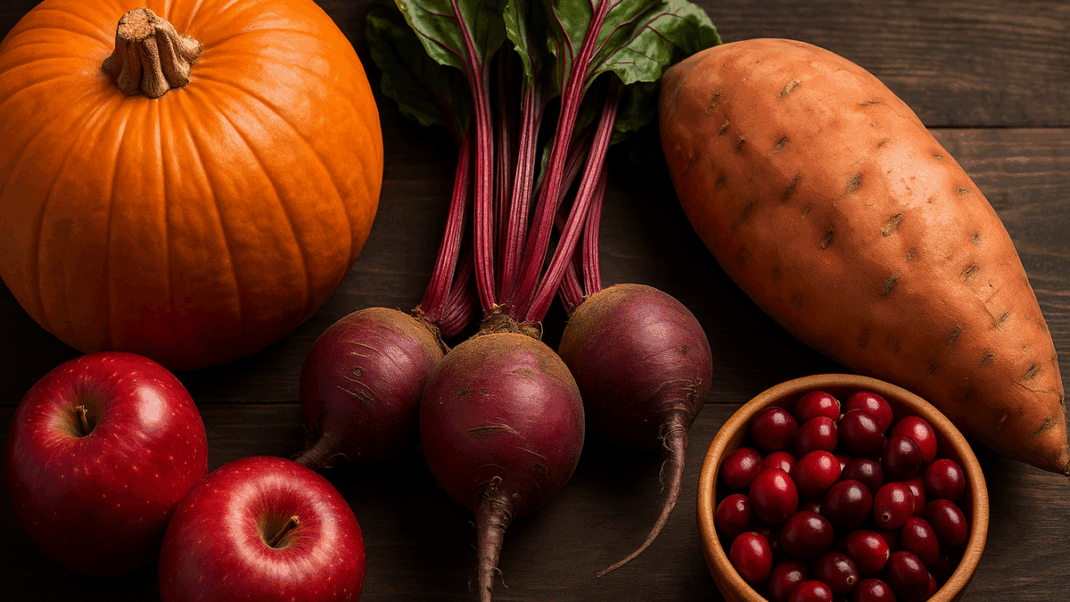Meat Meets Microbes
Should we be slicing more red meat out of our diets?

Eating a juicy steak? You aren’t the only one having dinner!
Hungry bacteria in your gut are busy breaking it down as an important part of the digestive process. But new research suggests that this process leaves some leftovers—a metabolic byproduct called trimethylamine-N-oxide (TMAO).
TMAO is produced when the critters in your digestive tract process certain amino acids, such as L-carnitine, that are abundant in red meats. This can negatively affect artery functioning by harming the lining of arteries, making them age faster and, perhaps, raising the risk for heart problems.
The study, published in the June issue of the American Heart Association journal Hypertension, found that TMAO levels significantly rise with age, suggesting that the makeup of our intestinal bacteria changes as the years tick by, perhaps breeding more bacteria that produce TMAO and, in turn, increasing the risk for cardiovascular disease.
We still don’t know how much meat you have to eat, and for how many years, to produce TMAO levels that take a toll. For now, we just know that the more red meat you eat, the more you are feeding bacteria that produce the compound. That makes it a heart-smart move to diversify dietary protein by including more items like legumes and seafood.
See also: Healthy Diet Pays Off for Gut Health
Matthew Kadey, MS, RD
Matthew Kadey, MS, RD, is a James Beard Award–winning food journalist, dietitian and author of the cookbook Rocket Fuel: Power-Packed Food for Sport + Adventure (VeloPress 2016). He has written for dozens of magazines, including Runner’s World, Men’s Health, Shape, Men’s Fitness and Muscle and Fitness.





